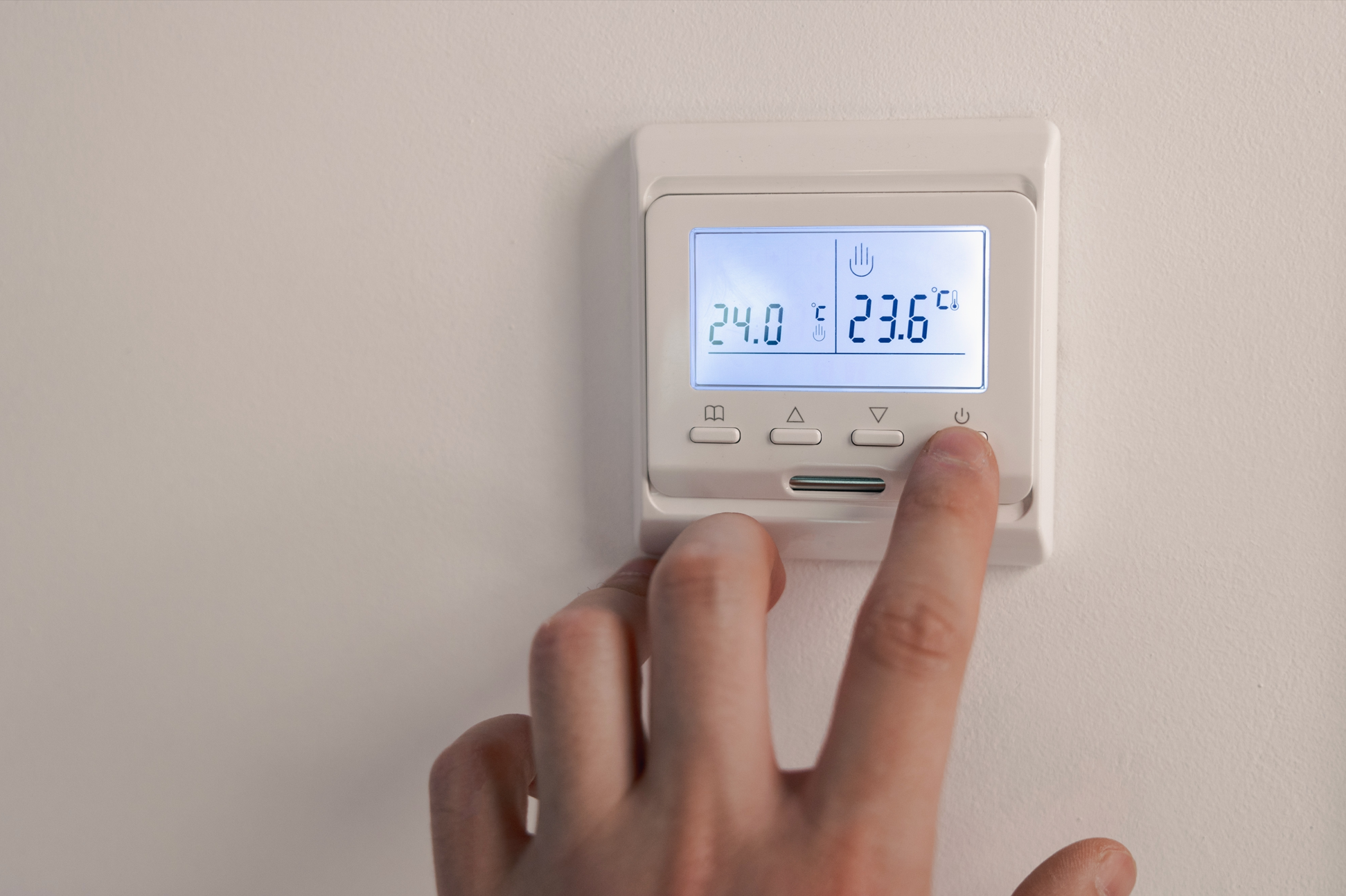
It’s been a hot summer. Nationwide, temperatures are forecasted to be at least two degrees above historical averages. In the East, major cities will see more 90-degree days than the historical average and more 90-degree days than 2023. Extreme heat worsens phenomena such as thunderstorms and other severe weather events, including hurricanes. And it also elevates worries for more quotidian issues, like the cost of air conditioning (AC).
While almost 90 percent of American households have installed AC, 27 percent of households in 2020 reported difficulty paying for energy bills or suffering extreme heat for fear of not being able to pay their energy bills. Buildings Hub delineated the dangers of extreme heat in this digest. Ideally, this is where a strong federal bill assistance program like the Low Income Home Energy Assistance Program (LIHEAP) would step in.
Originally established in 1981, LIHEAP grants federal funds to states, territories, and Tribal Nations for their low-income home energy assistance programs. Funds are distributed two ways: in block grants which are dispensed annually and in emergency contingency funds assigned ad hoc based on need. Low-income households are defined as either those with incomes at or below 150 percent of the poverty-level household income or those at 60 percent of the allocative party’s median income, whichever is higher. States do have some discretion over program qualification, however, as they may set lower income limits.
LIHEAP-qualified activities include weatherization and crisis assistance, in addition to covering heating and cooling bills; less than 10 percent is used for program administration and up to ten percent of an allocated block grant can be held over for the following fiscal year. Program funding has fluctuated over time (Figure 1). Generally, funding is allocated via annual federal appropriations, flowing into the pot for block grants. The Infrastructure Investment and Jobs Act authorized $100 million a year over five years beginning in FY2022. Supplemental funding comes from a variety of sources, including $1 billion from the Coronavirus Aid, Relief, and Economic Security Act in FY2020, $4.5 billion from the American Rescue Plan in FY2021, and $1 billion from the Continuing Appropriations Act in FY2023.
Figure 1: LIHEAP Funding Over Time

Source: Low Income Home Energy Assistance Program Clearinghouse
According to the 2020 Residential Energy Consumption Survey, seven million of the 124 million households in the U.S. have received some sort of support from LIHEAP. Those seven million households are scattered across the nation (Figure 2), although the formulas used to calculate LIHEAP allocations display a preference for states that experience extreme cold over those experiencing extreme heat. This is because the formula uses 30-year averages of high- and low-temperature days, which does not account for how quickly high-temperature days have been increasing.
Figure 2: Percentage of Households Receiving LIHEAP Energy Assistance, 2020
Historically, a plurality of LIHEAP funding has been directed toward paying for heating assistance. In 2018, almost half of these funds were used to pay for heating assistance, compared to just seven percent for cooling assistance; 21 percent was used for crisis assistance and almost ten percent was used for weatherization. A 2021 study out of Duke University found that between 2001 and 2019, half of program funding went toward heating bills, while only five percent went to cooling assistance. Most recently, the LIHEAP Data Warehouse managed by the Administration for Children & Families reports based on preliminary data that in 2022, 34 percent of funding went toward heating, 30 percent toward cooling, 15 percent for crises, and four percent for weatherization; seven percent was used for administration and nine percent was carried over for FY2023.
The funding formula methodology for LIHEAP was last updated in December 2019. That update was meant to bring new equity to funding, holding net allocations for all recipients at no less than 97 percent of the amounts they received in FY2019 while reducing recipients who would get more than 100 percent of their FY2019 awards so that all recipients could reach 97 percent
Across states, extreme heat is rising and spreading faster than money is being allocated for home energy assistance, especially in warm climate states such as Texas or Arizona. Despite the large volumes of federal funding funneling down to households, LIHEAP remains a band aid for widespread energy affordability.
States have asked for a restoration of the two billion dollars in LIHEAP funding that was cut between FY2023 and FY2024. But the path to lessen energy burden nationwide, for both extreme heat and extreme cold, will require larger investment in demand reduction through weatherization — including plentifully funding the Weatherization Assistance Program — as well as efficient heating technologies alongside tighter public utility commission regulation protecting consumers from shutoffs during high-heat times.



